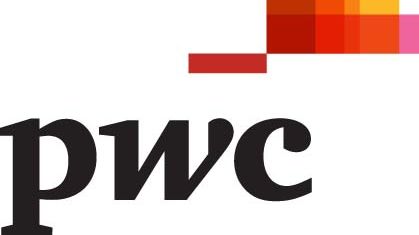
Press release -
PwC: Southeast Asia emerging as highly attractive market for deals
News release
| Date | Thursday, 5 March 2015 |
| Contact | Candy Li Tel: +765 6236 7429 Mobile: +65 8613 8820 Email : candy.yt.li@sg.pwc.com |
PwC: Southeast Asia emerging as highly attractive market for deals
PwC launches new capability targeted at helping Japanese companies capitalise on M&A opportunities in the region
Singapore, 5 March 2015 – PwC announced on Wednesday 4 March that it will be expanding its capability within Southeast Asia to help Japanese companies capitalise on M&A opportunities in the region. Sitting within PwC’s Advisory arm of service offerings, the new unit will focus on providing expertise relating to market entry strategy, M&A transactions and Infrastructure projects.
According to the World Bank, Japanese Foreign Direct Investment (FDI) into Southeast Asia, at US22.9 billion in 2013, is second only to European FDI at US26.7 billion.
Said Ong Chao Choon, Advisory Leader, PwC Singapore:
“With a large population of 610 million, high economic growth, increasing middle class and rapid urbanisation, there is a growing need for products, services and infrastructure in Southeast Asia. Growth in domestic consumption, GDP and certain industry sectors are outpacing those of BRICS countries. Couple the growing regional integration with the advent of the Asean Economic Community - the opportunities seem endless.”
Why Southeast Asia is increasingly attractive as a market
High growth: Recent growth rates across the region in domestic consumption, GDP and certain industry sectors has been at the envy of developed markets and currently also outpaces those of the BRICS.
Resilience: The region had weathered the global Financial Crisis well. Going forward, the robust growth in domestic demand, strong infrastructure spending and implementation of structural economic reforms would give the region a base for stability.
Skilled low-cost labour pool: The overall population on average is very young (close to 70% of the population falls in the age category 15-64, according to the World Bank) and relatively well educated, making up a pool of skilled and still very affordable labour.
An Aspiring middle class: Disposable incomes continue to rise across all segments of the population in all Southeast Asian countries and this greater spending power is spurring a demand for services and higher value-add products.
Sizeable opportunities: The region is in need of large infrastructure upgrades, forecasted to grow at 9% till 2025 (according to PwC). The countries have large market size / significant growth in key sectors like food, energy, healthcare, etc.
Strong policy towards integration: Apart from investor friendly regulations, the countries under the ASEAN Economic Community are increasingly operating as an integrated region.
Challenges in Southeast Asian economies
Despite the strong growth and many favourable developments, businesses looking to venture into Southeast Asia may face challenges:
Diversity & large cultural differences: Each country within the Southeast Asian region is uniquely diverse. For example, the Philippines has a large population, Singapore is small and wealthy. Indonesia is an archipelago of islands while Thailand is one large mass. As a result, strategies need to be customised accordingly.
Corruption: Certain Southeast Asian countries performed poorly in the world in terms of corruption and bureaucracy. Governments in these economies are an additional stakeholder that needs to be managed.
Immature systems: A large number of industries within Southeast Asia are still fragmented and immature; for example the region has low car penetration rates and some banks do not yet have credit cards. Indonesia and Vietnam do not yet have robust systems for filing financial statements of private companies.
Valuation and Deal making is a challenge:Due to all the challenges stated above, estimating the right value for a deal is a challenge, and business practices and negotiation tactics differ between the countries.
Conluded Matthew Wyborn, Outbound Investment Partner, PwC Japan:
“Japanese companies have been quick to capitalise on the opportunities presented by Southeast Asia as an increasingly integrated region, and are also strategic in their investment into Southeast Asia. We believe that there is still much room for further growth, and are confident of the outlook for the region.”
ENDS
Notes to editors:
1. About Japan Asean Deals Operating Team (JADOT)
JADOT is a joint team of Japanese and local deals experts dedicated to helping Japanese companies conduct their transactions successfully in ASEAN. The team will sit within PwC’s Advisory arm of service offerings.
Topics
Categories
About PwC
PwC helps organisations and individuals create the value they’re looking for. We’re a network of firms in 157 countries with more than 184,000 people who are committed to delivering quality in assurance, tax and advisory services. Tell us what matters to you and find out more by visiting us at www.pwc.com.
PwC refers to the PwC network and/or one or more of its member firms, each of which is a separate legal entity. Please see www.pwc.com/structure for further details.
© 2014 PricewaterhouseCoopers. All rights reserved.


